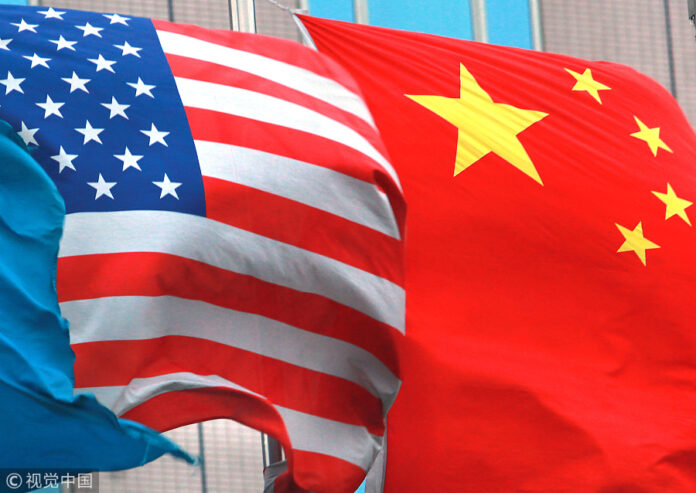When it comes to the Chinese economy, Beijing has always faced a choice between short-term economic stabilisation and long-term growth. Or, in other words, between government intervention and market liberalisation.
In the face of a sharp slowdown as US President Donald Trump’s punitive tariffs begin to kick in, a recent pledge by the Politburo to enact new measures to combat “growing downward pressure” on the economy served as both a good and bad omen as it sent mixed signals about policy direction.
The October 31 Politburo communique emphasised efforts to arrest the economic slowdown and market woes, while providing some pro-market boosters in the form of cutting tax, reducing red tape, and relaxing constraints on the private sector. In the previous Politburo meeting in late July, the top decision-making body emphasised stable monetary policy and maintaining a strong grip on the floodgates to the country’s money supply. But the latest Politburo statement shifted policy focus to short-term stabilisation, as all recent data has pointed to a deteriorating growth outlook for the world’s second-largest economy.
Real GDP growth slowed to 6.5 per cent in the third quarter, from the first quarter’s 6.8 per cent and second quarter’s 6.7 per cent. It is also the lowest quarterly rate since 2009. September’s reading of industrial production growth slowed to 5.8 per cent, from August’s 6.1 per cent – the first time growth has sunk below 6 per cent since 2015. October business confidence in both manufacturing and the service sector fell as indicated by the slide in the official Purchasing Managers Index.
A series of tit-for-tat measures, with more than US$250 billion worth of Chinese exports to the US subject to punitive tariffs of up to 25 per cent, and some US$110 billion worth of American exports to China subject to reciprocal taxes, will put a further drag on China’s already slowing economic growth. It is inevitable that companies that export to the US market will reduce production. Worse, they could consider relocating their production lines from China to other countries. The simmering trade war will also dampen investors’ appetite and confidence about investing in China.
Beijing reacted to previous global economic crises in 1998 and 2008 with massive stimulus that kept growth humming despite a fall-off in external demand. While few economists expect the repetition of such mega-stimulus, the government has relaxed macro policies across the board, cutting the reserve requirement ratio for commercial banks three times to increase liquidity, approving more bond issuance by local governments, and easing financial regulation.
All of these policy choices were aimed at stabilising short-term growth. But such intervention will no longer work as it did previously amid the fast-changing nature of China’s economic growth model. In the past, the government could achieve its growth targets by encouraging huge expansions of credit and capital investment in infrastructure.
Too often such investment led to excessive capacity, waste and subsequent massive writedowns of bad debt, as seen in the notorious 4 trillion yuan stimulus in reaction to the 2008 global financial crisis. What matters most is that most of China’s infrastructure projects are at the local level, with three-quarters carried out by state-owned enterprises and local governments through local government financing vehicles. A years-long deleveraging campaign has aimed to reduce risk in the financial system by squeezing the vast shadow-finance sector and forcing credit-hungry regional governments to rein in their borrowing.
The problem is that China’s debt-financed investment in infrastructure has become increasingly unsustainable, as the investment boom of the last few decades resulted in saturation of infrastructure, with hundreds of airports, power stations, cross-region motorways and railways built, not to mention the excess capacity in steel, cement and aluminium production.
Economic reform and market opening are crucial to solving the underlying problems behind the weakness in the Chinese economy. With China’s increasing integration into the world, only market liberalisation can make Chinese companies and their products become more competitive in the global market. With two of its trio of growth engines (investment, export and consumption) bogged down, China’s growth potential lies in its economic transformation from a state-dominated, investment and export-fuelled model to one driven by innovation, the development of the services and private consumption.
The hope is that China’s economic difficulties amid the escalating trade war will accelerate sorely-needed and long-stalled market reforms and opening up – not decelerate such efforts, or worse, prompt the embrace of Stalinist state planning and Maoist self-reliance policies.
Source: Hellenic Shipping
China must open its markets to weather Trump’s trade war
RELATED ARTICLES




